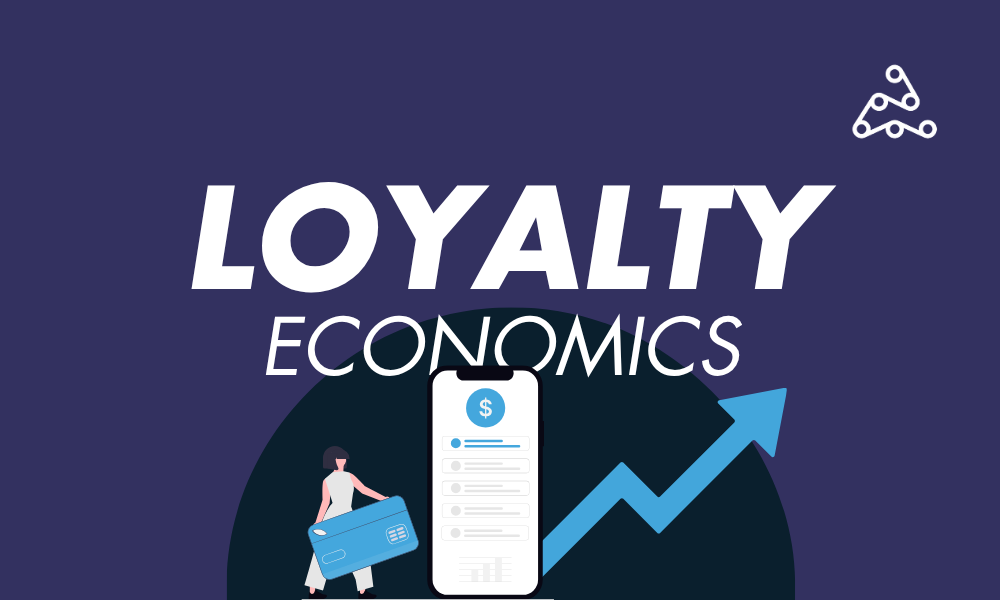Acquiring new users is only the beginning of the value they can contribute to the customer lifecycle of your app. Measuring app user customer lifetime value is one of the essential metrics of mobile app marketing. Tracking it drives a better understanding of user acquisition (UA) strategy and allows you to contrast spend versus profitability of your app.
Maximizing the lifetime value of your app users should be part of your strategy of revenue generation. While you may have certain tactics in play to do this, you might not be optimizing the opportunity.
In this post, we’ll share expert advice on maximizing lifetime value.
What Impacts Customer Lifetime Value?
Users can start providing value from day one while others won’t deliver a return for some time. And, if you can retain users, their lifetime value increases. You can realize this return in two ways—in-app purchases and monetization through ad revenue. A user doesn’t have to spend money to deliver revenue for you.
Lifetime can also vary depending on your app. For example, if your app caters to pregnant women, their feasible lifetime might be just those nine months. Whereas general apps, from retail to social media, could have much longer lifetimes. How do you measure your app’s user lifecycle?
It’s a complex metric to track. It’s much more nuanced than measuring the average revenue per user (ARPU). What you can learn from it is what stage of the user’s lifecycle will drive the most value. This business intelligence can help you optimize marketing campaigns to target these high-value users.
How Do You Calculate Lifetime Value?
There are multiple components within the LTV equation:
- How often users make transactions.
- The monetary value of those transactions (you can find this through ARPU).
- Retention of users.
The equation looks like this:
LTV = Average Value of Transaction x Average Number of transactions in a Timeframe x Average Customer Lifetime Value
As you can see, this metric is complex and ever-changing. Then you’ll need to compare it to your CPA (cost per acquisition). If it’s higher, it’s positive growth.
Along with the challenges of calculating it, mobile app marketers also cite it as a major challenge. Almost half of them (48%) said app installs not translating to high lifetime value users is a top concern.
So, what can you do to maximize it?
Boosting App User Customer Lifetime Value: 5 Strategies
If you want to see the number increase for lifetime value, you’ll need to deploy different tactics to increase app usage. The more time they spend in the app, the more likely they may be to make a purchase, and you have more time to generate ad revenue from them.
Create an Onboarding Experience That Wows
Every app should use onboarding, no matter how simple it is to use. Onboarding sets the stage for the user experience. Developing a good flow for this feeds the new user the information they need (i.e., tutorials, FAQs, etc.).
It’s also an opportunity to get users fully invested by creating an account or profile. That’s why many apps use CPE (cost per engagement) early funnel campaigns to incentivize new users to go through onboarding.
How an Onboarding CPE Would Work
Here’s what such a campaign could look like. First, the user receives an “offer” through an offerwall or other rewarded ad unit. That offer could be to create an account and get something useful, such as virtual currency, a discount, or other reward relevant to the app. They click and go to the account creation interface. Upon completing the engagement, they get the reward. You get more information about the user and a possible advantage to retain them.
Here’s how it works. The user initiates the offerwall by clicking on it. The offerwall will deliver some reward in exchange for the user creating an account. They click on the offer, which guides them to that part of the app. Once they complete the event, they receive the reward.
If you set the journey up well from the beginning, you have a better chance at retention. If you want to prove this hypothesis, launch a CPE, then look at the data at D7 and beyond to see the retention rate for users completing onboarding.
Keep Incentivizing Users
Using rewarded advertising shouldn’t cease once someone’s a user. Continuing to incent them keeps them engaged and can increase time in-app time. This can work in many different app categories, including:
- Games: Reward gamers with in-game currency and other gameplay loot, so they continue playing.
- Productivity and utility: Offer special features for a limited time. If they find them valuable, you may earn new subscribers.
- Fitness and health: This category of apps performs well when incentivizing. As a result, fitness and health apps saw IAP (in-app purchases) hit record levels in 2020. The goal would be to convert to a subscription. You can use offerwalls to promote subscriptions or a la carte features. It won’t disrupt their user experience, as offerwalls are user-initiated.
Leverage Deep Linking
Deep linking allows you to route users directly to in-app content, even through the install. This matters because app users are much more likely to convert than mobile web users. With deep linking, you can seamlessly drive the user to the app, which should enhance engagement.
It works by using a special link in digital ads. If the user always has the app, it takes them directly to that content referenced in the ad. If not installed, the link goes to the app store. After install, they arrive at the specific content.
Prioritize Reengagement
Do you currently have a reengagement strategy? Have you considered how that ties to lifetime value? There are many ways to reengage once active users, which should increase their LTV. It just has to be relevant for that user, so personalization, if possible, is best.
You can do this through thoughtful push notifications, email marketing, or retargeting. No matter the channel, you need to route them to the app where this feature sits.
Reengagement also doesn’t end once they return to the app. Whatever brought them back was valuable to them. You can use data around reengagement to then plan out funnels for these users that will increase LTV.
Run CPI Campaigns That Focus on Quality Over Volume
Deploying a CPI (cost per install) campaign doesn’t always have to be about volume. Often, you run those CPI campaigns to scale and improve category ranking. However, you can also target CPI campaigns so that the focus is on the quality of users. This impacts LTV because those users are more likely to be engaged and be long-time users of your app.
You want to catch whales, which will have the highest LTV. There are a few strategies to support this effort:
- Evergreen buys and optimized bids can target whales.
- Keyword CPIs could be a good match if the terms are more long-tail, suggesting that the searcher has very specific intent.
- Mixing CPI with CPE copy campaigns, so you continue to drive engagement with language that includes “install and complete an action to receive the reward.”
Additionally, CPI campaigns often lift rank, which can help you gain more organic installs.
Increasing App User Customer Lifetime Value Is a Constantly Evolving Strategy
Customer lifetime value has so many caveats and factors that influence it. It’s a bit of a moving target, but not one that you can successfully manage. With access to diverse and unique reward platforms and expertise from our mobile app marketing pros, you can drive up lifetime value by always running the right campaigns that directly fit your goals.
See all the ways we can support you by downloading our ebook, A Complete Guide to AdAction Solutions, today!



